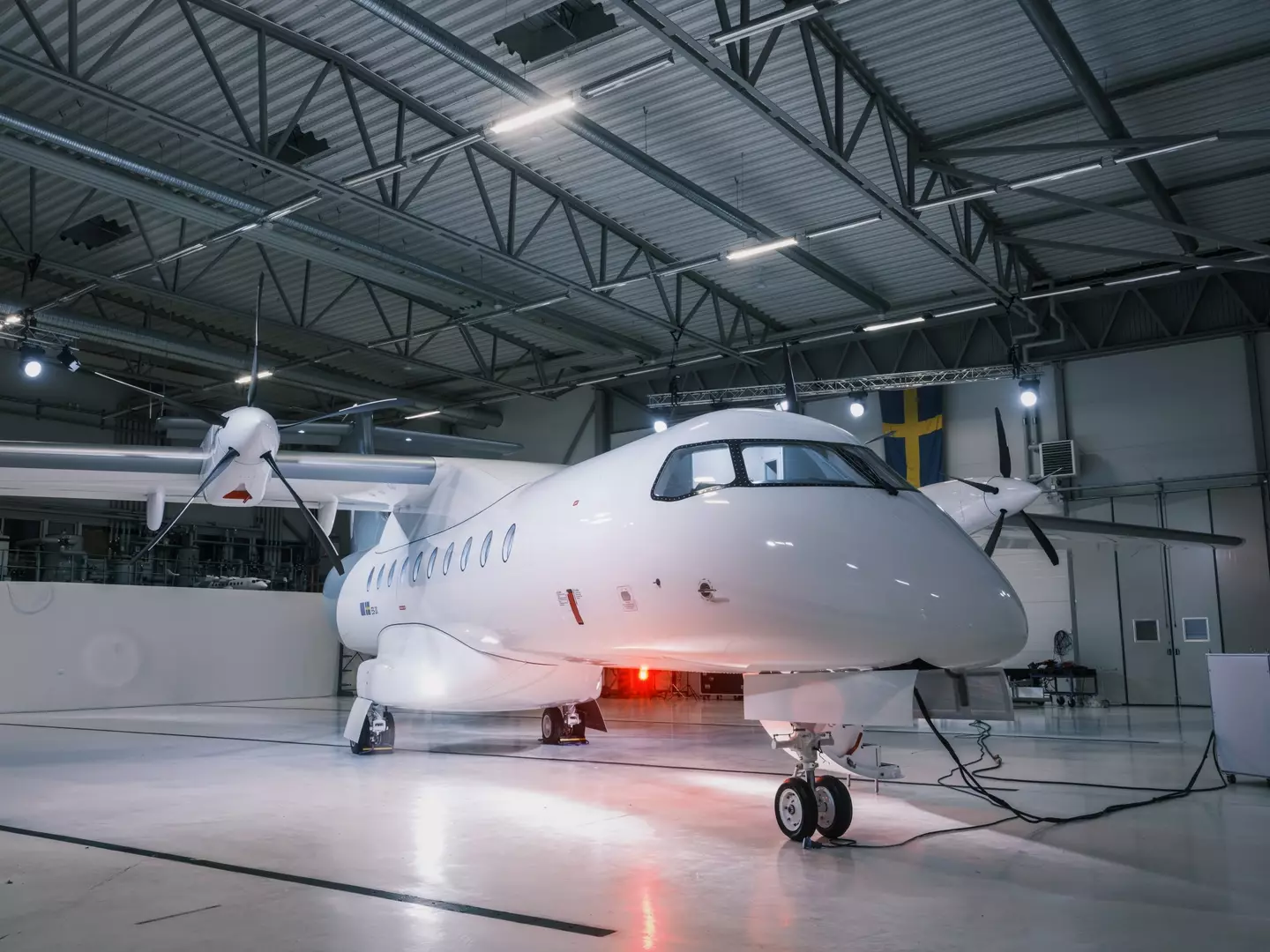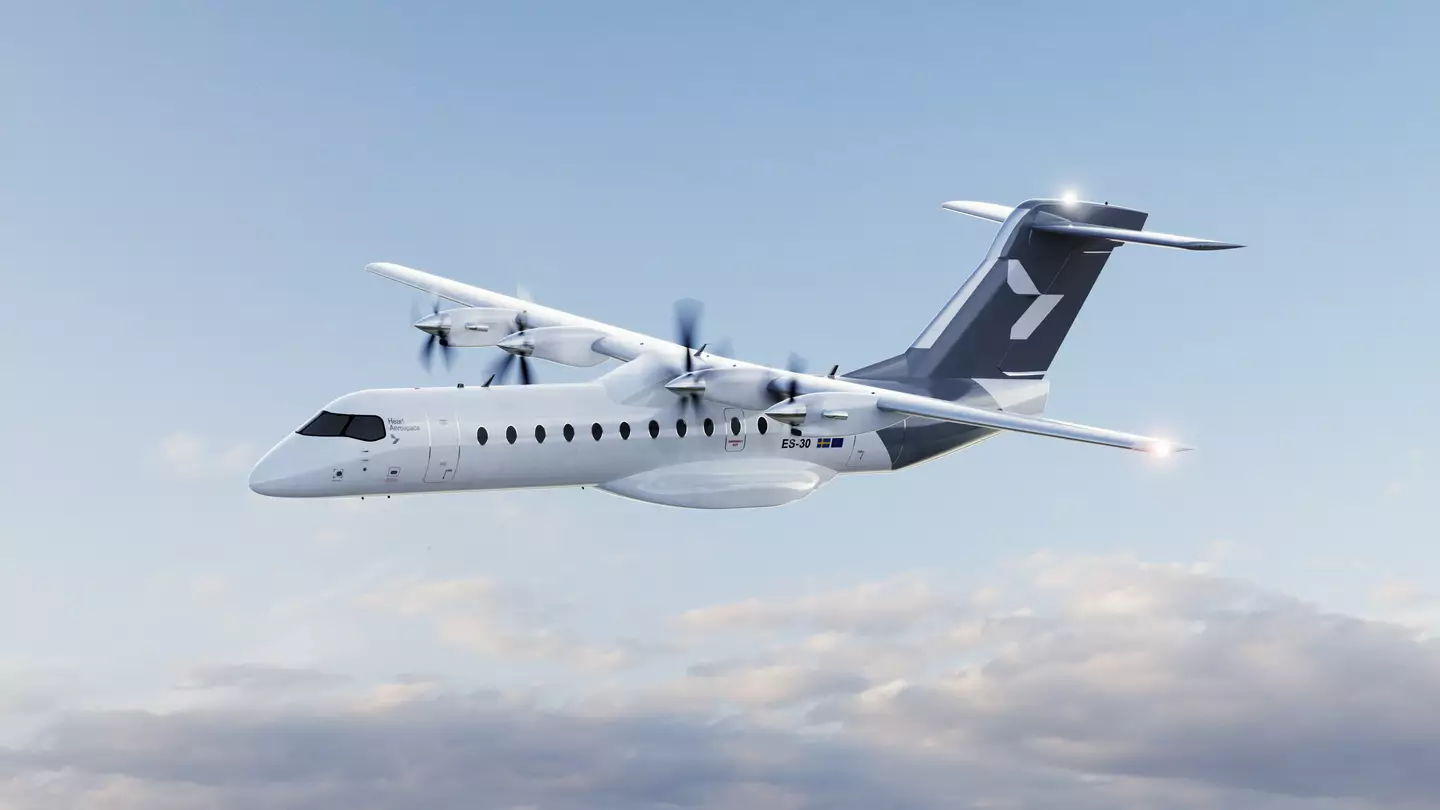
Taking a plane to a different country is something that almost everyone looks forward to; being able to get away from the lacklustre weather of their home town, to a lovely country where they can truly let loose.
However, the process of flying may be about to change forever.
For many people worldwide concerned with the ongoing effects of fossil fuels and global warming on our planet, and a lot of celebrities coming under scrutiny for unnecessary use of private jets or planes, the news of an all-electric plane will come as a great relief.

Recently unveiled by Swedish aviation startup Heart Aerospace, the plane, known as Heart Experimental 1 or Heart X1, is the largest all-electric aircraft in history. This came as a shock for many following on from the company’s initial belief of what this plane would be by this stage in its development.
The company claimed that the plane was originally only intended for ‘ground-based testing, focusing on charging operations, taxiing, and turnaround procedures’ with the plane being scheduled to complete its ‘fully electric first flight in the second quarter of 2025’.
The Heart X1 is only intended to be for research purposes to better understand and develop a future model of the plane itself, which will be called the ES-30, and get this plane operational.

Aerospace are developing a 30 seat All-electric Aircraft (Christina Zander / Heart Aerospace)
Since this preliminary analysis by the company, the fully electric plane which will hold 30 seats has had further details shared about future planned test flights and how it will further the company’s development of technology which is sustainable and efficient, making this plane a major game changer in the development of further aviation vehicles.
Some took to social media to boast how beneficial the development of this plane would change travel.
One Youtube viewer claims: “This design has great potential”
And another notes: “Best concept I’ve seen in a long while!”
With Aerospace claiming this plane would have an ‘all-electric, zero-emissions range of 200 kilometers and an extended hybrid range of 400 kilometers’, people are very excited to hear when they can expect the test flights to take place.
No date has been confirmed as of yet, however if development of this goes according to plan, then we can expect to see it in the second quarter of 2025, meaning we aren’t waiting much longer to see the benefits of this tech that may be implemented into further aircraft.


